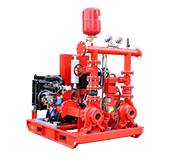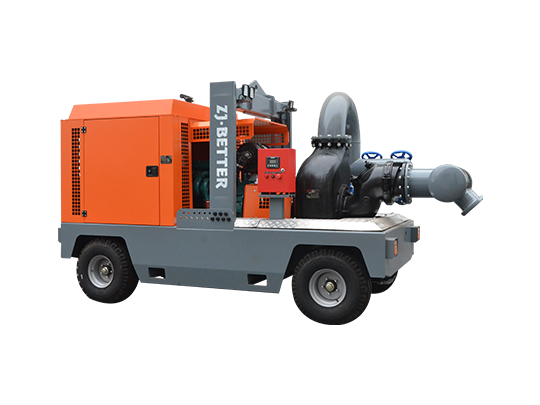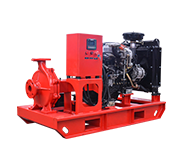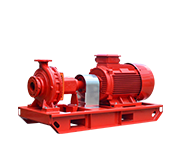-
Determine Required Flow Rate and Pressure: Calculate the required flow rate (in gallons per minute or liters per second) and pressure (in pounds per square inch or bar) for your fire protection system. This involves considering factors such as the building size, occupancy, fire hazard, and local regulations. Fire protection codes and standards like NFPA 13 or NFPA 14 provide guidelines for determining these values.
-
Account for Hazards and Demand Factors: Different fire hazards and occupancies may require additional flow rates to ensure adequate fire suppression. Demand factors are applied to the calculated flow rates to account for simultaneous water demands from multiple sprinklers or hydrants.
-
Hydraulic Calculations: Perform hydraulic calculations to determine the pressure losses in the piping system, including friction losses, elevation changes, and fittings. These calculations help ensure that the required pressure and flow rate can be maintained at various points in the system.
-
Select Pump Type: Choose the appropriate type of fire pump (centrifugal or positive displacement) based on your system requirements and local codes. Centrifugal pumps are most commonly used in fire protection systems due to their efficiency and reliability.
-
Pump Sizing: Use pump curves provided by pump manufacturers to select a pump that can deliver the required flow rate and pressure at the calculated point of highest demand. Pump curves show the pump's performance characteristics based on different flow rates and pressures.
-
Backup Power: If required, consider the availability of backup power for the pump. Diesel engine-driven pumps are often used as backup pumps in case of power outages.
-
Jockey Pump Sizing: Calculate the appropriate size for the jockey pump based on the allowable pressure drop over time. The jockey pump maintains system pressure by compensating for minor pressure losses.
-
Consult with Experts: Fire protection engineers and professionals experienced in pump selection and hydraulic calculations can provide valuable guidance throughout the process.
While this overview provides a general outline of the process, the specifics can vary widely based on the characteristics of the fire protection system, local regulations, and other factors. It's crucial to work with knowledgeable professionals and adhere to relevant codes and standards when sizing a fire pump.






